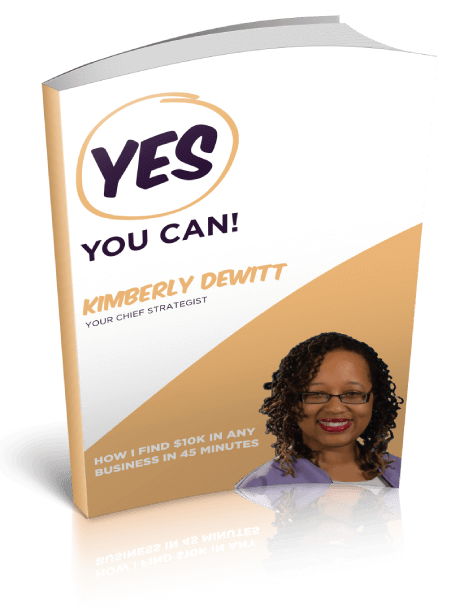
YES
YOU CAN!
Simply enter your name and email
below to receive instant access.
People only remember the extraordinary, strange, wild,
surprising and unusual. You need to make sure your ideas and marketing reflect
these reactions. This doesn’t mean you have to have a product or service that is
completely out of the norm, in fact, this could easily drive customers away.
You need to have a product or service that is high quality and easily
marketable, then you need to market it as extraordinary and new.
As you research word of mouth, there are some questions you
need to ask along the way:
What are the users willing to tell the non-users?
·
Exactly how do
your customers describe your product?
·
What are the
non-users willing to ask the users?
·
What are the
things they need to know, but are unwilling to ask?
·
What happens when
these issues are raised?
·
Exactly what do
your prospects have to know in order to trigger purchase?
·
Exactly how do
your customers answer the objections, concerns, and qualms of your prospects?
·
How do your
customers persuade their friends to use your product?
·
How do your
customers suggest they initially get to know or try your product?
·
What warnings,
safeguards, tips, and suggestions do your customers suggest to your prospects?
·
Are your sales
messages, positioning, and important facts about your product getting through
and surviving word of mouth?
·
What messages do
you need to inject into the marketplace in order to turn the tide in your favor
and how will you deliver them?
There are two main reasons why word of mouth research is so
important:
There is a simple formula that can help you conduct your word
of mouth research. It’s called the “2-2-2” model.
2-2-2- Model
What this breaks down to is:
·
2 groups of
customers
·
2 focus groups of
prospects
·
2 mixed groups
(enthusiasts & skeptics)
In these groups you need to ask the following questions:
The best way to conduct these groups is by teleconference.
This ensures you’ll get a good variety of demographics for your customers and
potential customers. It also allows people to feel safe and more able to
express their true feelings. These teleconferences should not be conducted by
you, but an independent party to avoid adding pressure to the situation.
We’re going to transition a bit and talk about how to
construct a word-of-mouth campaign. First, we’ll talk a look at the essential
ingredients you need to put together a campaign. These ingredients are:
·
A superior
product
·
A way of reaching
key influencers in your marketplace
·
A cadre of
experts willing to bat for you
·
A large number of
enthusiastic consumers
·
A way of reaching
the right prospects
·
One or more
compelling stories that people will want to tell to illustrate your product’s
superiority
·
A way to
substantiate, prove, or back up your claims and how the product will work in
the real world
·
A way for people
to have direct, low-risk experience, a demo, sample, or free trial
·
A way of reducing
overall risk, an ironclad guarantee
Once you have those ingredients
ready to use, you should consider the situations in which your company can benefit
from a strong word of mouth program. Some of these situations are:
·
When there are
credibility problems
·
When there are
breakthroughs
·
When there are
marginal improvements
·
Where the product
has to be tried in large numbers or over time
·
Where there is high
risk in trying the product
·
With older or
mature products that have a new story that people tend to ignore
·
With unfair
competitive practices such as spreading rumors, or telling lies about your
product
·
When there are
governmental or other restrictions on what you may say or claim directly
While most of the word of mouth tactics are positive for your
word of mouth program, there are a few products to avoid using in this program.
They are:
·
Products where a
seminar would not provide meaningful added value
·
Products that
can’t be tried and where there is no consensus among experts
·
Products that are
clearly inferior, without having a compensating superiority for similar
products
·
Products that are
so personal or emotion that rational discussion is irrelevant to the decision
·
Products where
the decision value is so small (low price/low volume) the medium will not be
cost-effective.
This wraps up this
post on word of mouth research and how that research can be used when putting
together your word of mouth campaign. If you need help with the research and a
plan to use the results of that research, try our FREE test drive to get all
the help you need with our top notch resources and tools

Simply enter your name and email
below to receive instant access.

Simply enter your name and email below to receive instant access to the video.

Simply enter your name and email below to receive instant access to the video.
100% Privacy Guarantee.
Your information will NEVER be sold or rented to anyone!